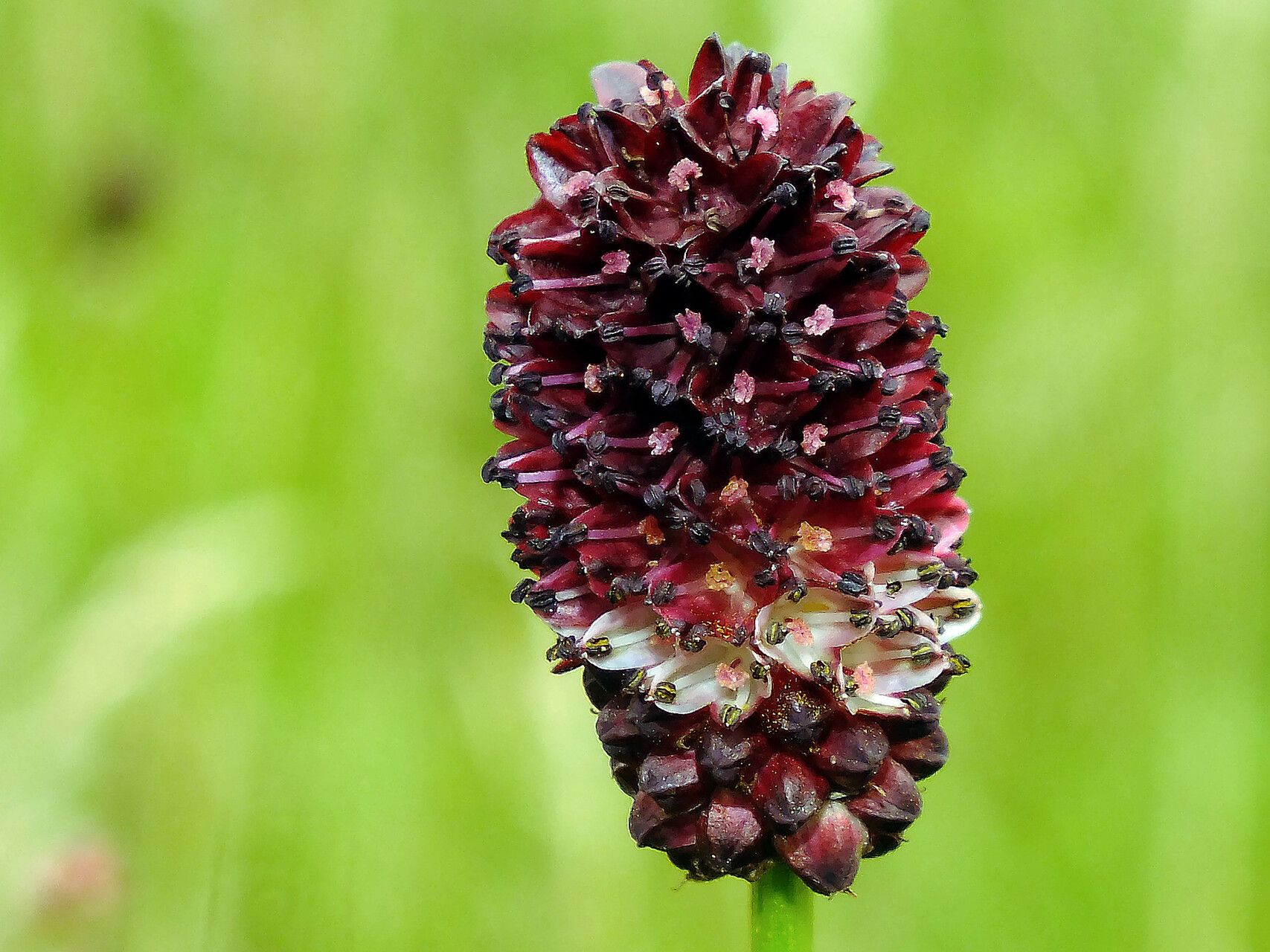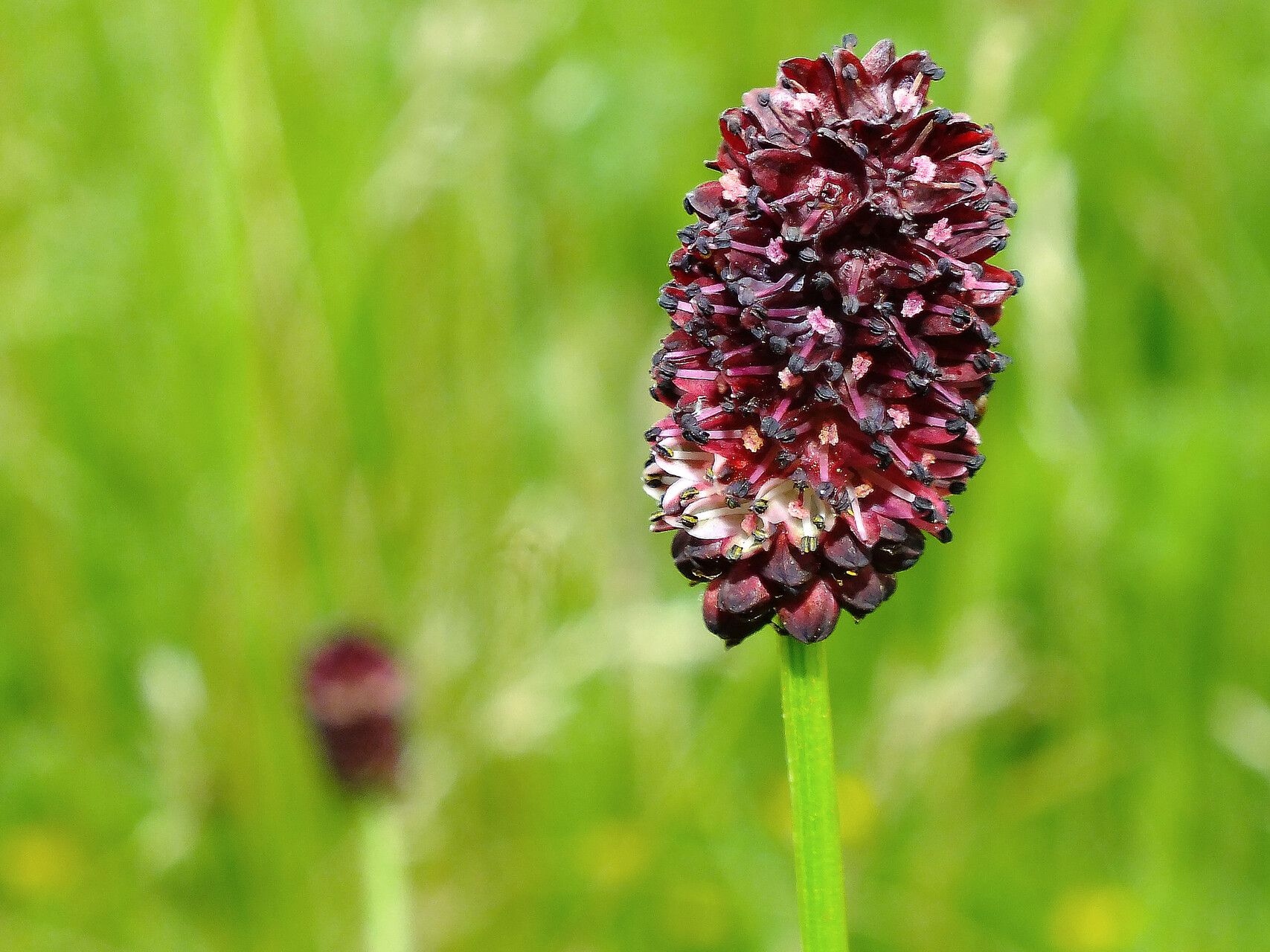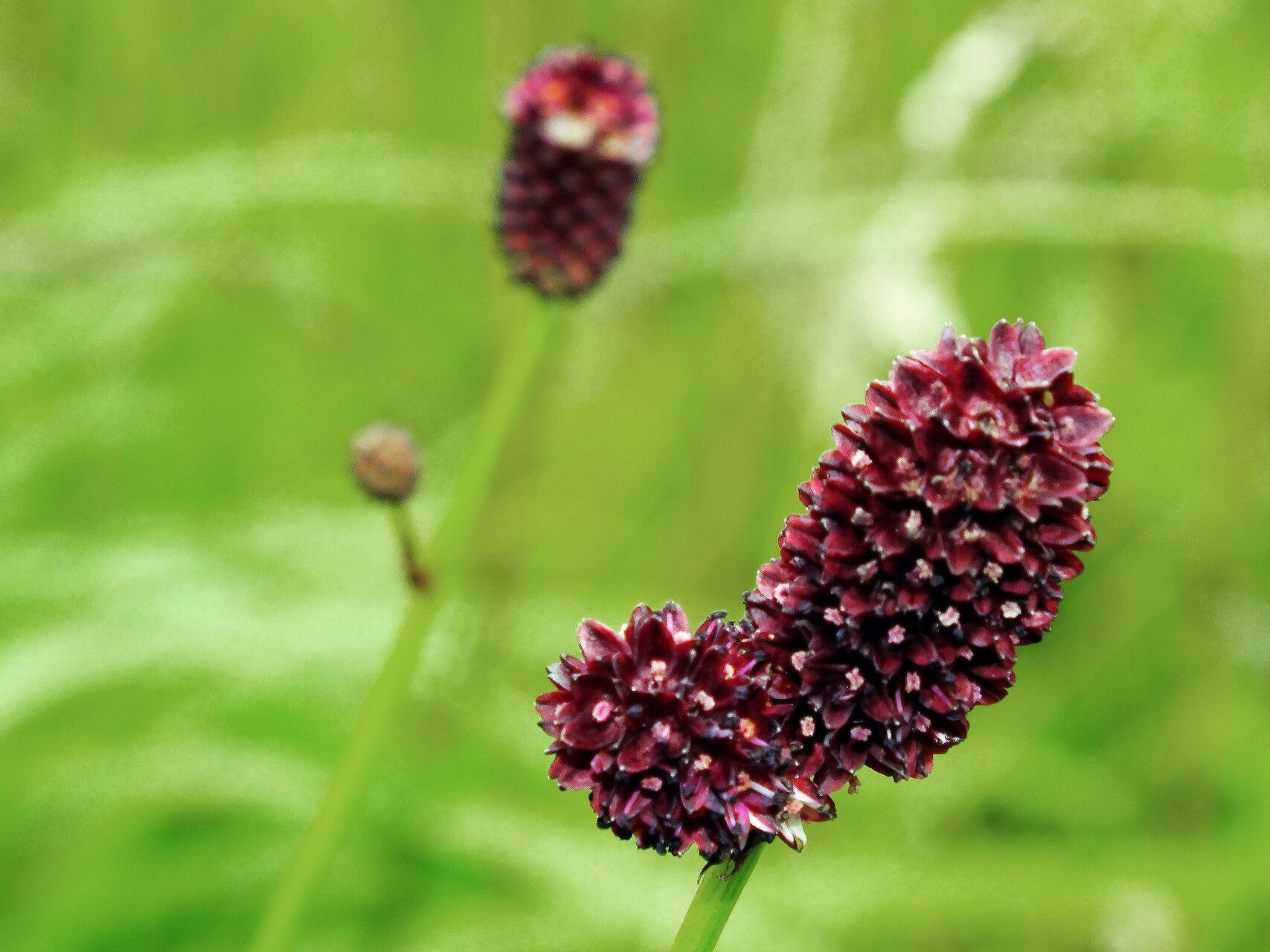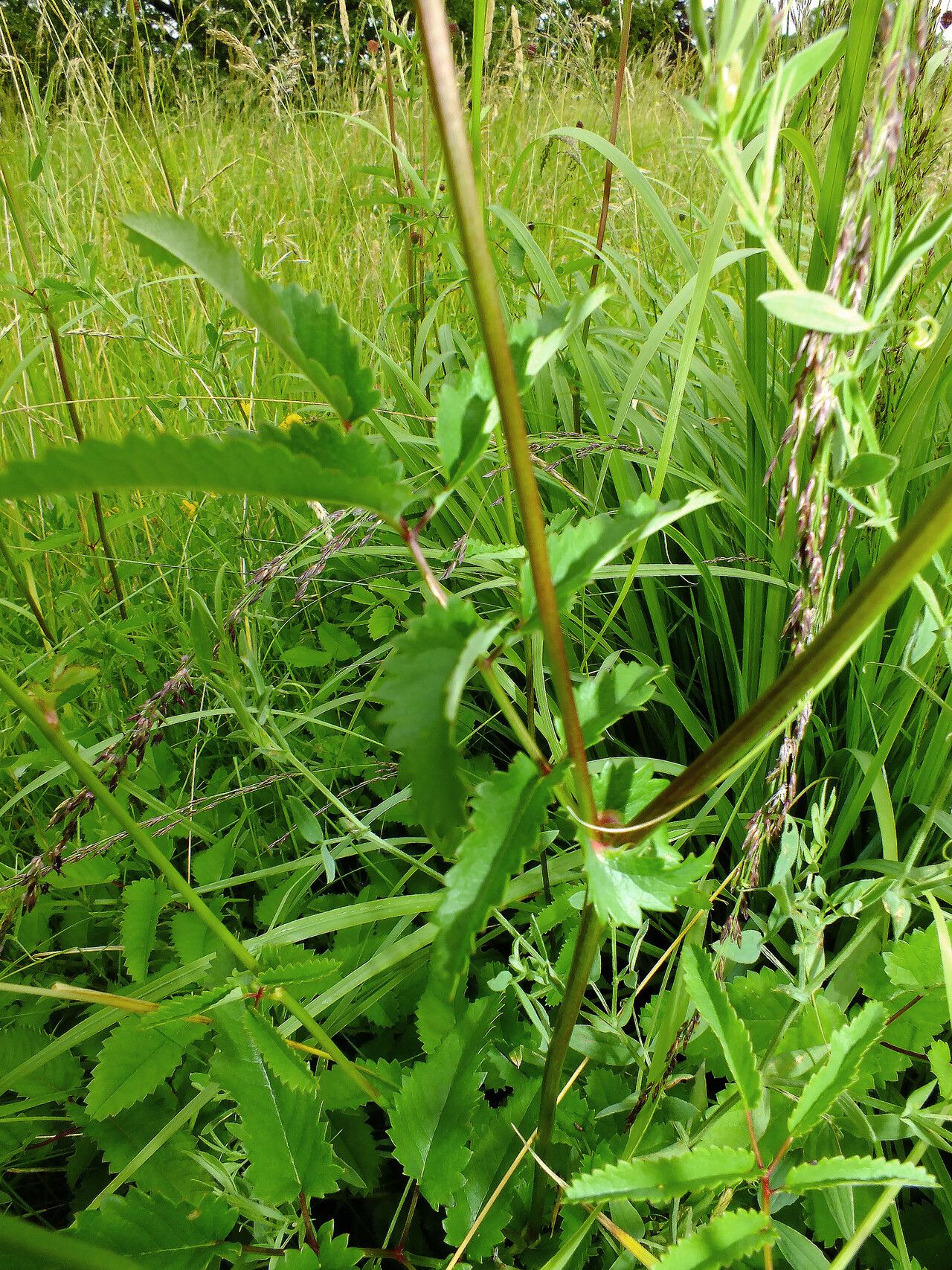HavaintoSanguisorba officinalis L.havainnoinutA Andrzej KonstantynowiczAndrzej Konstantynowicz14. kesäkuuta 2024
Andrzej KonstantynowiczAndrzej Konstantynowicz14. kesäkuuta 2024
havainnoinut Andrzej KonstantynowiczAndrzej Konstantynowicz
Andrzej KonstantynowiczAndrzej Konstantynowicz
A
14. kesäkuuta 2024
Määritys
Ehdotettu määritys
Ehdota toista määritystä
Et ole samaa mieltä ehdotetusta lajista, mutta sinulla ei ole muuta ehdotusta
Kommentit
Lisätiedot
Luontipäivämäärä
25. kesä 2024
Viimeksi tarkistettu
25. kesä 2024
Łódź, Botanical Garden
It is native throughout the cooler regions of the Northern Hemisphere in Europe, northern Asia, and northern North America.
Edible plant - young leaves and flower buds - raw or cooked; the fresh or dried leaves are used as a tea substitute.
Herbal plant - modern research in China has shown that the whole herb heals burns more effectively than the extracted tannins (the astringent component of the plant); patients suffering from eczema showed marked improvement when treated with an ointment made from the root and petroleum jelly; the leaves are astringent, refrigerant, styptic and tonic, they are used in the treatment of fevers and bleeding; the roots are anodyne, astringent, diuretic, febrifuge, haemostatic, tonic and vulnerary, they are used in the treatment of peptic ulcers, haematuria, menorrhagia, bloody stool, dysentery, diarrhoea, haemorrhoids and burns; the whole plant is an excellent internal treatment for all sorts of abnormal discharges including diarrhoea, dysentery and leucorrhoea, it is used externally in the treatment of burns, scalds, sores and skin diseases; this species was ranked 19th in a Chinese survey of 250 potential anti-fertility plants.
Usable plant - the roots contain tannin.
Jaettu
Ryhmät (16)







